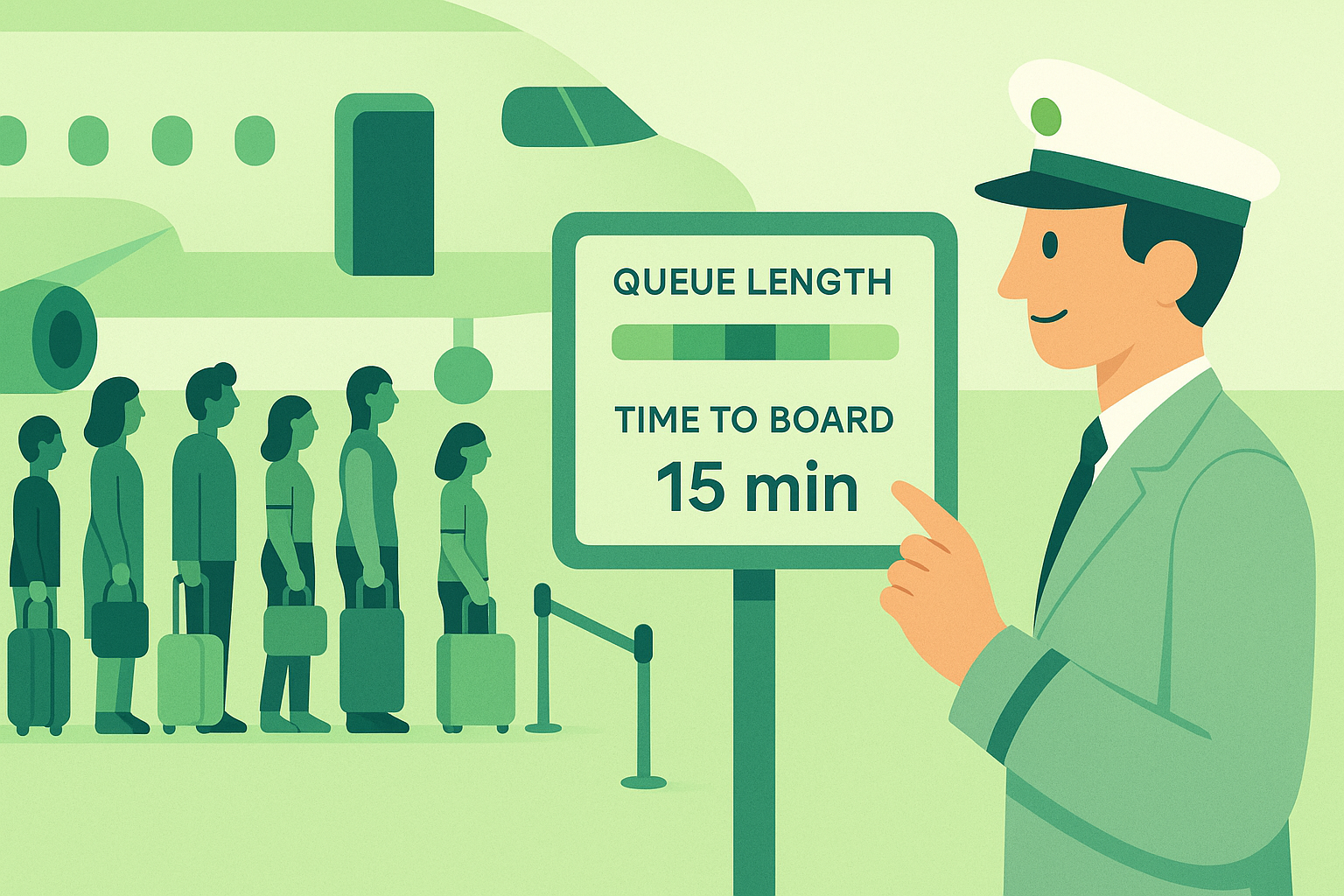Overcoming Student Syndrome in Lean Environments with q_alizer





Most teams don’t fail because of lack of skill — they fail because they start too late. The Student Syndrome is a silent productivity killer that clashes directly with Lean principles. In this article, we explore how q-alizer helps organizations overcome last-minute chaos through real-time insights, transparency, and data-driven behavioral feedback.
Overcoming Student Syndrome in Lean Environments with q_alizer
In many organizations, the best-laid plans are often derailed by a well-known but poorly addressed phenomenon: the Student Syndrome. Coined in the context of project management and productivity, the Student Syndrome describes the tendency to delay starting a task until the last possible moment, often resulting in rushed, suboptimal work and unnecessary stress. In Lean environments, where efficiency, flow, and waste reduction are core tenets, this behavior can silently erode performance.
The Collision Between Student Syndrome and Lean Thinking
Lean methodology emphasizes continuous improvement, pull systems, and the elimination of waste. Delaying work until a deadline approaches, creates bottlenecks, overburdened resources, and inconsistent throughput—all of which are the antithesis of Lean. Teams may appear busy, but value creation stagnates. The problem isn’t just procrastination; it’s also the absence of visibility, focus, and accountability.
How q_alizer Helps Break the Cycle
q_alizer, a digital cockpit for performance and quality management, is uniquely positioned to help teams recognize and counteract Student Syndrome through three critical functions:
- Insight Agents for Early Risk Detection Insight Agents continuously monitor task progression, cycle times, and adherence to plan. They flag when tasks haven’t been initiated within a reasonable window, prompting early action and enabling leaders to coach or reallocate resources before crunch time.
- Cockpits for Real-Time Transparency Cockpits in q_alizer provide a live overview of workflows, team capacities, and work in progress. This visibility nudges teams to begin work earlier and pace their efforts. It also exposes recurring patterns of late starts, helping root cause analysis and process improvement.
- Data Channels for Behavior Feedback Loops By collecting and analyzing behavioral data, q_alizer’s data channels make the cost of procrastination visible. Teams can learn from their own history and adjust work habits proactively. Trends can be visualized to show how delays impact delivery reliability, customer satisfaction, and team stress levels.
From Firefighting to Flow
When teams consistently wait until the last minute, they live in firefighting mode. q_alizer promotes a cultural shift toward flow, where tasks are started with intention, executed smoothly, and completed without panic. By aligning with Lean principles and injecting digital awareness into daily work, q_alizer helps teams break free from the reactive cycle and move toward sustainable performance.
Conclusion
Student Syndrome is not a character flaw; it’s a systemic blind spot. In Lean organizations, where predictability and flow matter, tools like q_alizer are essential to drive behavior change through insight, transparency, and continuous feedback. Don’t let the clock run out. Start earlier, learn faster, and deliver better—with q_alizer.
Get in contact
Intrigued and ready to learn more about how to better fly your plane?
Cool, the team is waiting to give you a demo of how easy your life will be with q_alizer™!
We’d love to talk with you!
Chief Commercial Officer (CCO)
sales@q-alizer.com
+41 76 576 2591
Paul on LinkedIn


